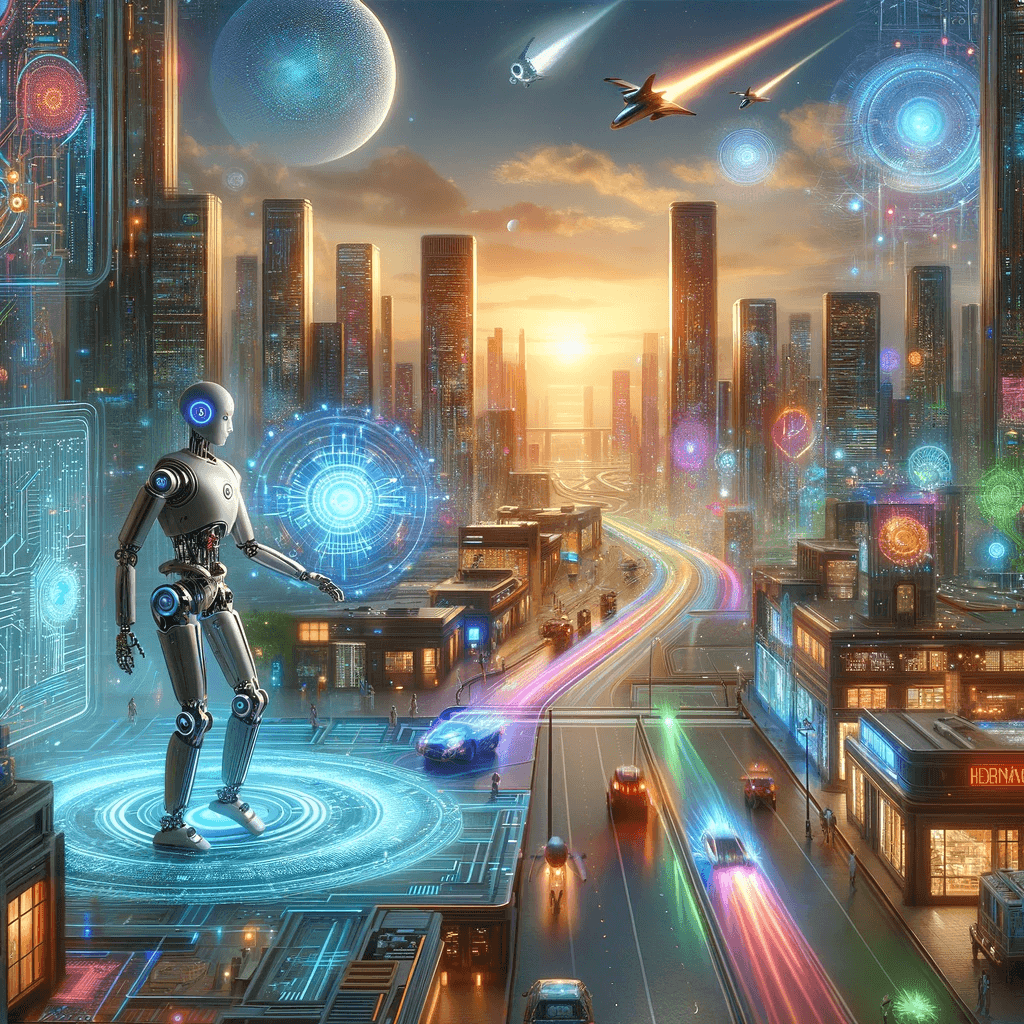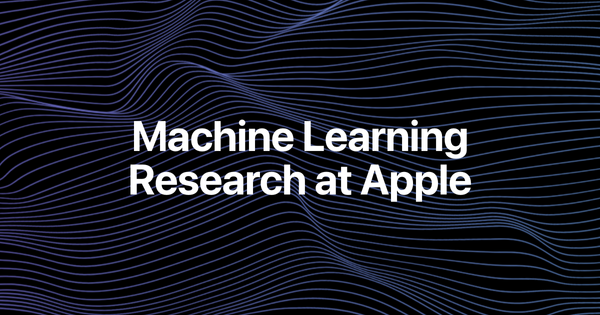The past year has been full of breakthrough discoveries in the field of artificial intelligence. Calling 2023 the year of artificial intelligence would not be an exaggeration. As we stand at the beginning of 2024, the realm of artificial intelligence is brimming with potential. 2023 was a landmark year, but what does the future hold? In this article, I will summarize the results of the last year in AI and make my forecast for the new year.
Summary results for 2023
In the last year, language models received a special development: they have become more widespread, more powerful, and more versatile. Over the past year, a lot of papers has been published on large language models (LLMs) and large multimodal models (LMMs), and many different open-source projects have also appeared.
What is the difference between LLMs and LMMs?
The difference between Large Language Models (LLMs) and Large Multimodal Models (LMMs) is primarily in the types of data they are designed to process and interpret.
LLMs focus exclusively on textual data, understanding and generating language, while LMMs are more versatile, able to handle and integrate multiple types of data like text and images, offering a more comprehensive understanding and generation capability across different modalities.
A huge number of applications for generative models have emerged. A lot of problems that took years of effort are now being solved in an elementary way: text-to-image task, image stylization, real-time realistic rendering, song generation, and so on.
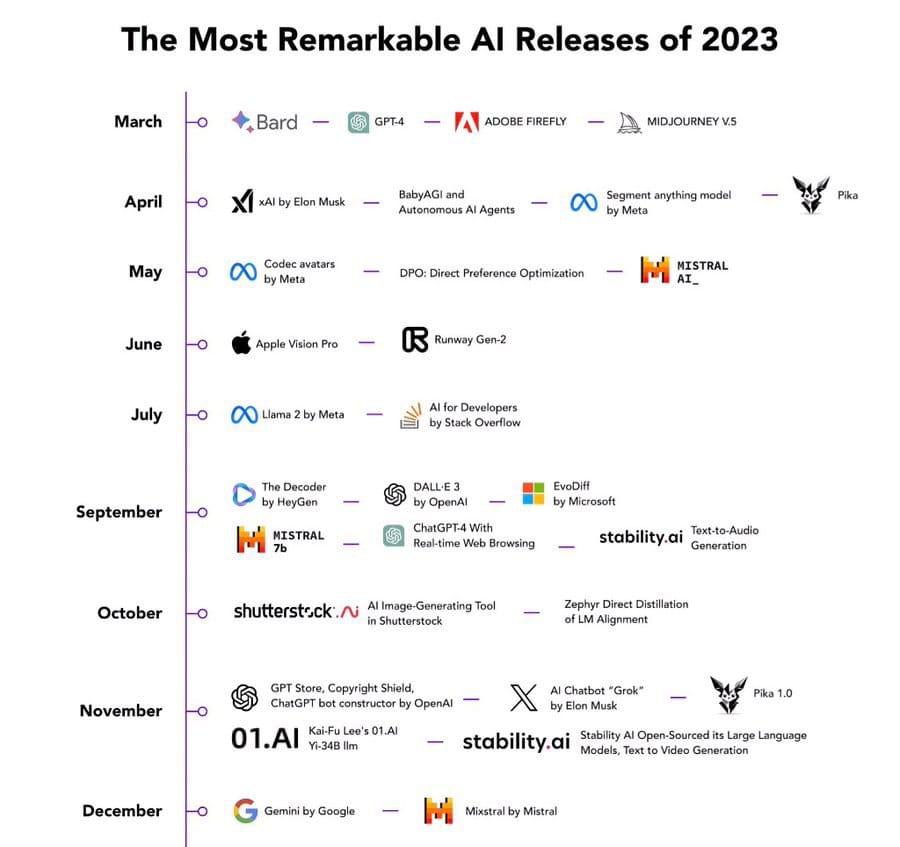
In my opinion, the main achievement of the past year has been a change in the attitude of ordinary people and companies towards artificial intelligence. People have started using AI apps more often. At the same time, large companies realized that they would not survive if they did not start using AI in their products right now.
Sometimes it seems that companies are so afraid of losing the race that they start lying in their statements (hello, Google). The hype around artificial intelligence evokes memories of the dot-com bubble, but it is worth talking about this separately later.

Google's marketing materials confirm my thesis about deliberate lies in company statements
AI forecast for 2024
Based on my experience and analyzing trends in the development of artificial intelligence both from the point of view of business and science, I have made my forecast of events in the "AI world" in the new year.
GPT-5 and industry response
OpenAI and its GPT model have created a lot of hype around themselves over the past year. This hype is caused by the impressive results demonstrated by ChatGPT based on the GPT-4 model.

These results have forced Google and other companies to create their own models similar to GPT. Such reactions are caused by financial and reputational risks. For example, Google understands that chatbots like ChatGPT are competitors for "classical" search engines. Therefore, Google is forced to develop its own LLMs and chatbots based on these LLMs (Bard chatbot and Gemini model).
I predict that in 2024, OpenAI will introduce a new version of its main LLM – GPT-5. The imminent appearance of this update is confirmed by many factors. I anticipate that the new GPT model will surpass its predecessor in handling multimodal data. In any case, it's obviously, that this will force Google and other companies to prepare their answers.
New models for video generation
Over the past two years, there has been a strong leap in the quality of image generation from verbal description (text-to-image task). The main catalyst for this development was the emergence of diffusion models.

The task of video generation (text-to-video) is more complicated and requires more complex solutions. At the end of last year, the first serious works devoted to this task began to appear. Nevertheless, the quality of the generated videos remains far from perfect. If we take into account the trends in the development of image generation models, then in the new year I expect significant progress in video generation.
Integrating AI into robots
It has become evident that the development of truly advanced artificial intelligence requires interaction with the environment. One possible way to solve this issue is to integrate AI into robots.
At the moment, artificial intelligence is not fully used in robots. Most modern robots are trained in specific skills. Moreover, there are cases when a certain sequence of actions is strictly programmed by a person. This fact creates a number of problems that researchers will have to solve in the near future. Moreover, it is likely that the first steps will be taken this year. For example, already in 2023, interesting works related to the independent learning of robots began to appear.

Our review of one of such works
Reducing the complexity of neural networks
In the last decade, the number of parameters in neural networks has numbered in the millions. In recent years, the number of parameters in modern AI models has started to reach several billion. But GPT-4 went even further. According to rumors, there are almost 2 trillion parameters in this model.
Of course, such neural networks require huge computational resources, both for their training and for inference. Consequently, the necessity of reducing model complexity is bound to become a significant issue. This issue may become especially acute if the integration of AI into robots begins.
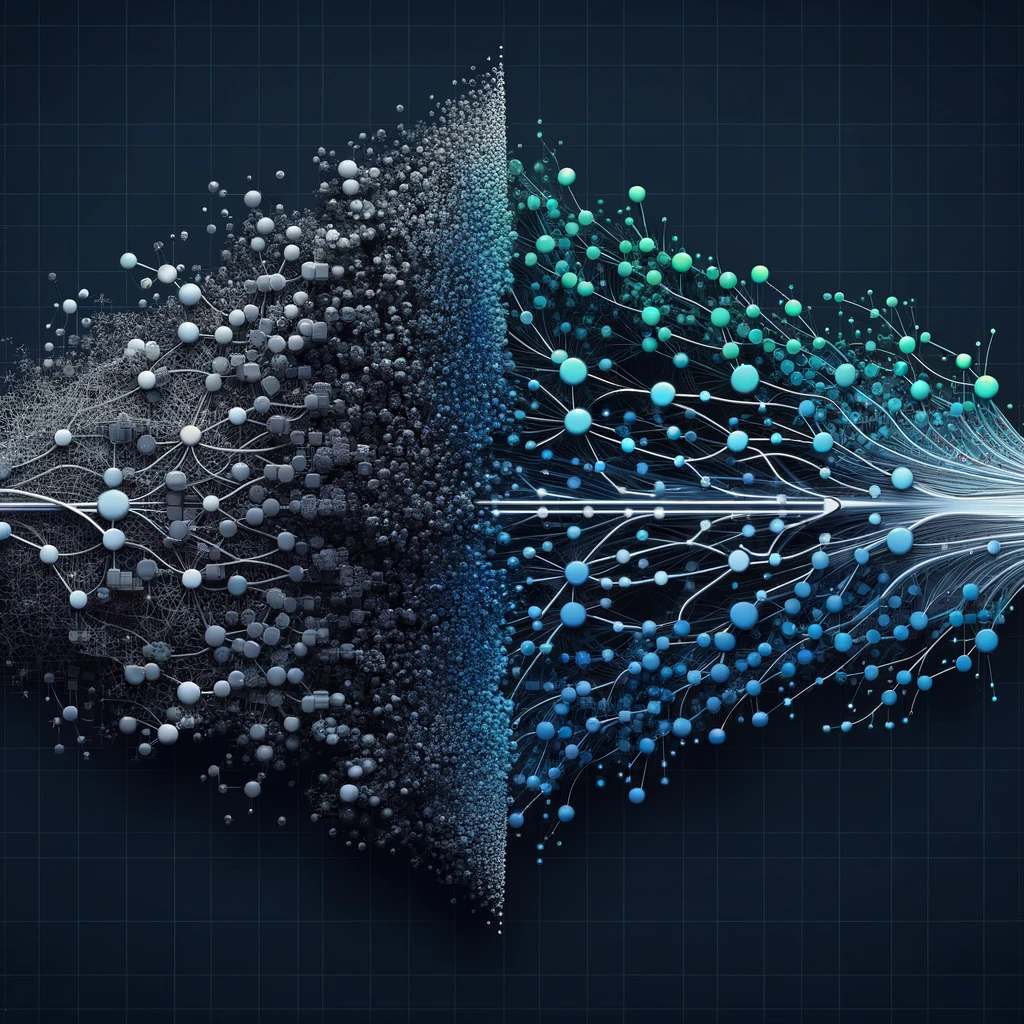
It is quite possible that this year the trend towards a decrease in neural networks will begin. By the way, already last year, smaller versions of well-known LLMs actively appeared in open-source, which could be run on local computers.
The emergence of epochal works in science
The science is based on many works, but only some have a special impact on it. These works are called epochal works. These works set the direction for the development of science in the coming years. Examples of such work in the field of AI: AlexNet, ResNet, Transformers, Diffusion Models, etc.
The "AI world" has been seriously transformed over the past 1-2 years. This transformation is caused by the commercialization of the idea of artificial intelligence. Businesses have realized that AI can help them make money. This fact forces companies to hide details about powerful scientific solutions in the field of AI, such as GPT. Why reveal what can be a selling trick?
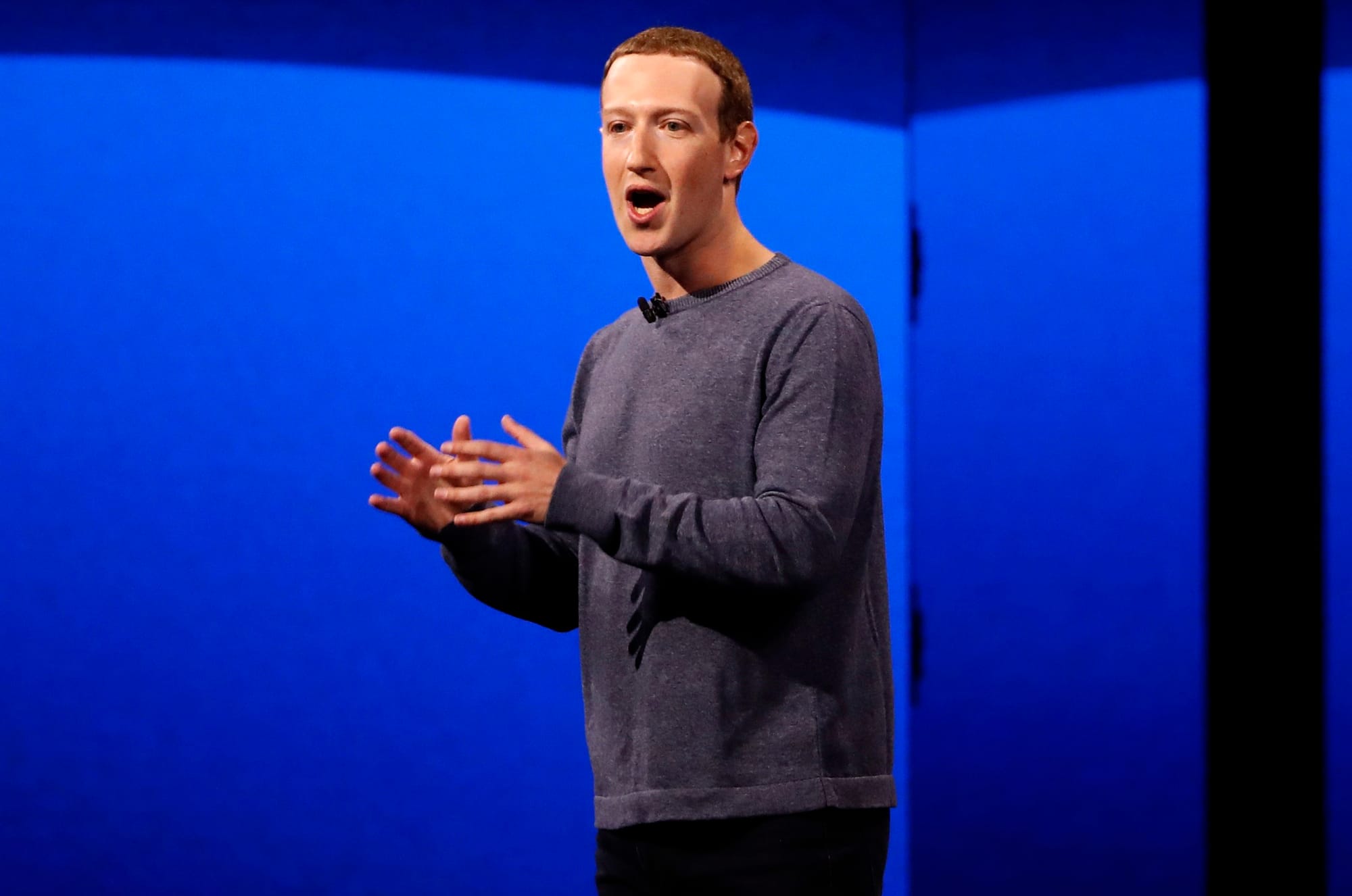
In this post, we described the difference between academic and strictly corporate developments
We live in a time when we observe incredible neural networks that amaze our imagination, but we do not fully understand how they work. Indeed, OpenAI did not release the technical details of GPT-4, the same can be said about Google's Gemini. We can only guess at the architecture and other technical details of these models.
But academic science, which implies openness to the dissemination of scientific results, does not stand still. A lot of serious scientific papers have been published recently. I expect that in the new year there will be even more such works, and among them there will be those that will determine the development of artificial intelligence for several years to come.
More companies in AI, more strikes, more lawsuits
The AI market is a very large and popular market where you can make money right now. As I said above, large companies realized that they would not survive if they did not start using AI in their products right now. It's a chain reaction.
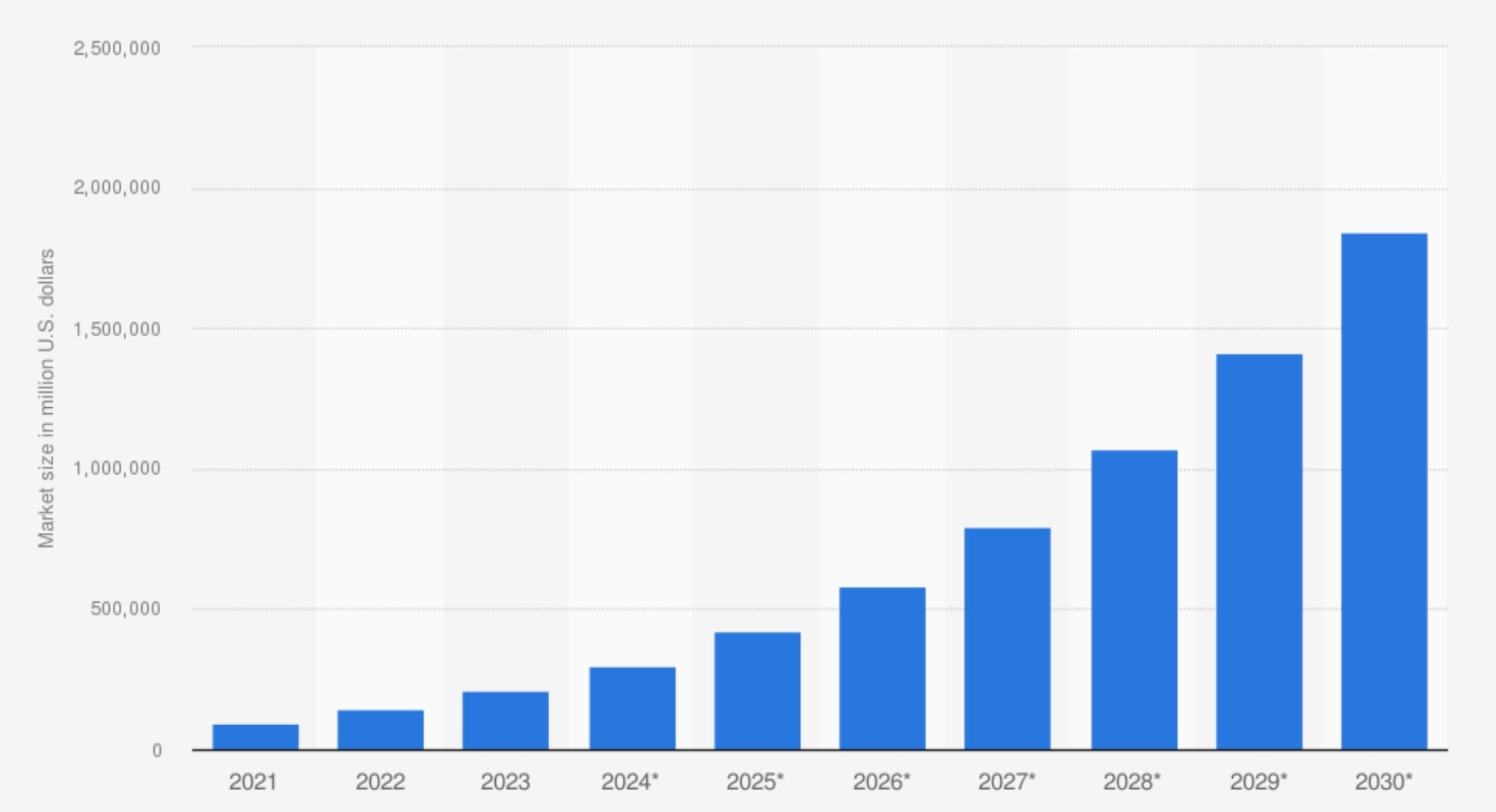
Every year, we will see more and more companies that somehow use artificial intelligence. Also, the hype around AI is stimulating the emergence of an increasing number of startups. This process has begun in recent years and will continue at a faster pace in 2024.
In my opinion, the growing popularity of artificial intelligence will encourage to an increase in the number of strikes and lawsuits. Last year showed that this is possible. One of the demands of the Writers Guild of America strike is to limit the use of AI in the writing process. In addition, in December 2023, we wrote an article about probably the first serious lawsuit concerning AI and copyright.

Most likely, this trend will continue this year. The fear of the harmful effects of artificial intelligence may continue in society (for example, the potential loss of certain professions). This can increase the number of strikes as well as force states to intervene (for example, slow down the process of AI development and its integration into products through laws). There may also be an increase in the number of lawsuits to protect copyrights and earn money.




There are rumors that films were used to train Midjourney. In theory, this could also trigger a lawsuit
Conclusion
It is already clear that we are on the threshold of a new era in the field of artificial intelligence. The events and trends we've seen over the past year are just the beginning of what promises to be an exciting journey. The possibilities are endless – from the potential appearance of GPT-5 to breakthroughs in video generation and the integration of artificial intelligence into everyday life. It will be interesting to return to this post in a year and compare my forecast with reality!
But what about you? What are your predictions for the future of AI in 2024? Do you foresee any revolutionary achievements or unexpected challenges? Perhaps you have ideas on how AI can change our work, creativity, or everyday interactions. I encourage you to share your thoughts and predictions in the comments below. Let's start talking about the future of artificial intelligence and explore together what the new year may bring in this fascinating field. Your opinions and insights are not only valuable, but also necessary to shape our understanding of the artificial intelligence landscape as it develops further.
I look forward to reading your thoughts and participating in an instructive discussion!


